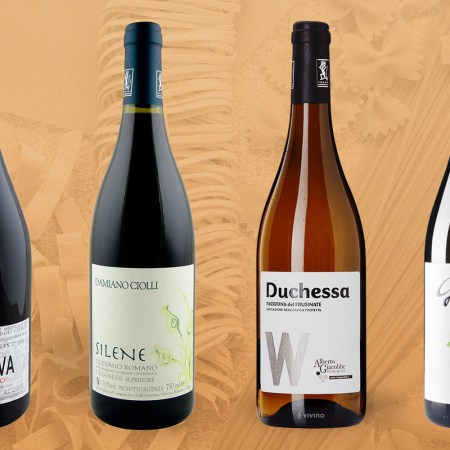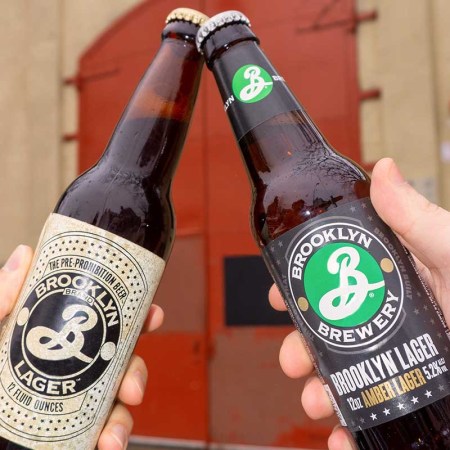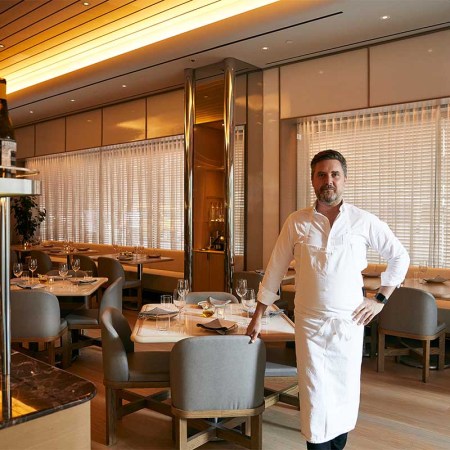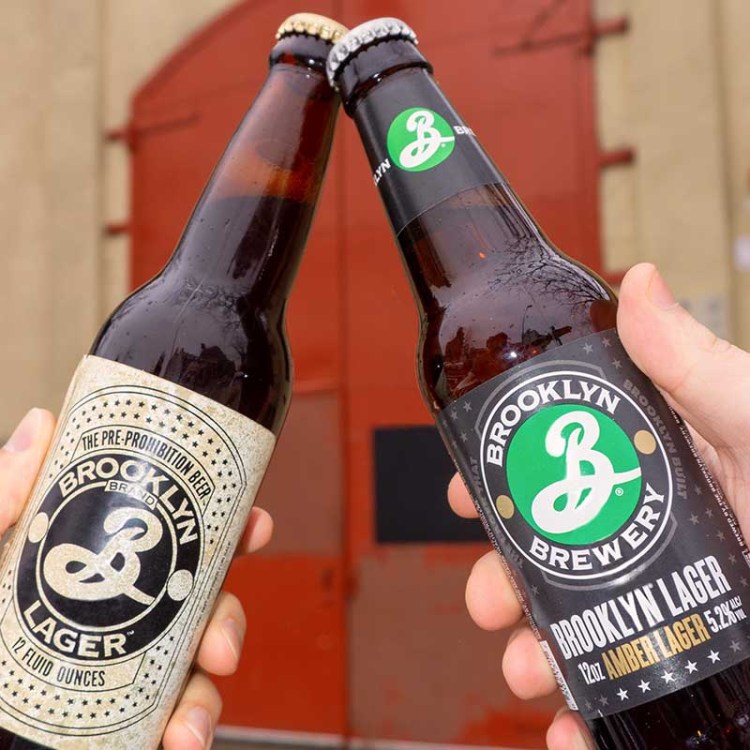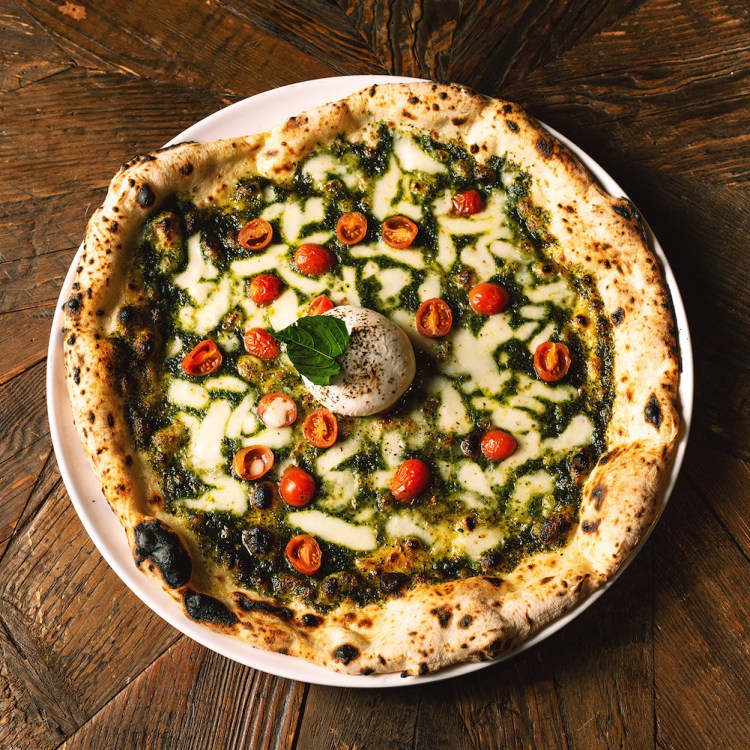Since the start of the pandemic, restaurants around New York City have had to contend with a seemingly never-ending onslaught of challenges outside of those they already face (the city’s competitive culinary landscape, sky-high rent prices, etc.). But the city’s best eateries rolled with the punches through it all, figuring out what to do with their quickly erected outdoor dining structures, dodging and weaving through sudden changes in safety guidelines, and bracing for what’s to come next as new COVID variants reared their ugly heads.
“I’m honestly glad any restaurant stayed open [through the pandemic],” says Otway owner Samantha Safer. “There was a moment in August of 2020 where we started seeing closures, and it was gut wrenching to read about. I cried for people I have never met but knew had worked incredibly hard to open their restaurants.”
This year, restaurants have done more than just survive, though — they’ve managed to pull through even stronger on the other side. Beloved institutions like Jing Fong have closed and re-emerged from the ashes in new locations, while others, like Greg Baxtrom’s Otway and Maison Yaki, have pivoted into unique new concepts that are both pandemic-savvy and philanthropic. Speaking of philanthropy, a slew of NYC restaurants and bars have been doing the unthinkable: raising money for worthy causes and those in need rather than just focusing on their own survival. And throwing caution to the wind, new spots have opened up for business all around the city, providing New Yorkers with even more to look forward to as we head into the unknown of 2022.
While most year-end roundups tend to focus on what’s brand new (and with good reason!), we’ve pulled together a short list of some of the restaurants we feel grateful to still have at our dining disposal in New York. Bon appetit, and we’ll see you over a bowl of noodles in the New Year.

Jing Fong
Chinatown
Since Jing Fong moved to its former location on Chinatown’s Elizabeth Street in 1992, it has been regarded as the city’s largest dim sum hall. Technically, the beloved restaurant has been around even longer than that, too, first opening way back in 1972. Now on its third generation of ownership, the news that it was closing earlier this year provided an undeniable gut punch to many. It also doesn’t help that Chinatown was one of the hardest hit areas in New York over the past two years, with a reported one third of its more than 300 restaurants facing permanent closures.
Now, as the restaurant slowly reopens in its new location on Centre Street, it is no longer the largest — but it is perhaps the mightiest dim sum spot in town. “The sign used to say, ‘Jing Fong Big Restaurant’ in Chinese,” owner Truman Lam recently told Eater. “We have the same sign here, but we took out the word ‘big.’”
Jing Fong’s return not only spells good news for local dim sum lovers, but signals a hopeful next step for the future of Chinatown. To help support their reopening (and for some amazing dumplings and more), you can order for takeout and delivery, or visit their still-open Upper West Side location.

Otway
Clinton Hill
Over the years of owning Otway, a beloved neighborhood cafe and restaurant in Clinton Hill, owner Samantha Safer has had her fair share of bumps and battles. None could have prepared her and her staff for the ongoing madness that is the COVID-19 pandemic. Yet she’s managed to pop up one of the most attractive outdoor seating structures and pivot the business into a coffee window that seems to attract a line down the street almost every morning. Through that tiny window, her team handed eager customers freshly baked morning buns and steaming oat milk lattes.
“At Otway we were very fortunate to have been open for five years prior to the shutdown and had a well established daytime and pastry program alongside our dinner menu,” shares Safer. “This allowed us to close dinner and put all our energy into breakfast food, pastries and selling wine, which for much of the pandemic was legal.”
Safer has retired Otway’s popular coffee window for now in favor of diners once again entering the space, but fears of Omicron weigh heavy on the small business owner’s mind.
“The industry is going to have it rough after this wave of Omicron … to be at the beginning of 2022 dreading a payroll with the majority of employees collecting sick pay leave — I can’t imagine how we will pay for it all.”

Maison Yaki // Olmsted
Prospect Heights
Two entirely different dining concepts, Maison Yaki and Olmsted are both co-owned by restaurateur Greg Baxtrom, and share the same street in Brooklyn’s Prospect Heights, on opposite sides. Olmsted is revered for its leafy backyard garden and inventive usages of local produce, while Maison Yaki melds French cooking with Japanese flavors. At least that’s what the two restaurants were known for before the pandemic.
Once it was apparent things were heading south, Baxtrom was forced to lay off his entire 60-person staff. He then began working with the LEE Initiative, a foundation that helps restaurants around the country supply meals to furloughed restaurant employees. Olmsted began functioning as a food bank before eventually adding a grocery market concept within the same space called Olmsted Trading Post. Meanwhile, Maison Yaki launched a pop-up series that featured eight local Black chefs who rotated through the kitchen.
By summer, both restaurants were finally reopened for business, and the same team has even launched a new bakery in the same neighborhood called Evi’s Bäckerei. Its doors opened several days before Christmas, now serving yeast doughnuts and other German-inspired baked goods.

Bessou
Noho
A small but welcoming restaurant in Manhattan’s NoHo neighborhood, Bessou aptly means “second home” in Japanese. Its menu is (equally appropriately) inspired by owner Maiko Kyogoku’s childhood in New York City, with flavors that seep over the traditional borders of Japanese cuisine.
During the pandemic, Kyogoku was faced with making the tough decision to close the doors to that second home for multiple months, as both she and Bessou’s chef Emily Yuen retreated into their respective first homes post-childbirth. Yes, that’s right: both the owner and chef found out around the same time they were pregnant.
Before and after reopening, Bessou partnered with charitable organizations such as Heart of Dinner to provide warm meals to those in need. “It’s a way of me connecting and cooking with my parents, especially since I haven’t seen them since the pandemic,” Yuen recently told Glamour in reference to their ongoing partnership with Heart of Dinner. “In Chinese culture, cooking is a way of showing love, so, in a way, I’m showing love back to my family.”

Red Rooster
Harlem
A Harlem landmark, Red Rooster is known for reliably serving up quality comfort food such as shrimp and grits and chicken and waffles, as well as for its roaring jazz brunches. It’s also known for being the beloved brainchild of celebrity chef Marcus Samuelsson — one of the rare household culinary names who seems to consistently use his platform for good, including his work as the co-founder of Harlem EatUp!
Samuelsson’s philanthropic streak was only heightened during the pandemic, as he partnered with fellow chef José Andrés’s World Central Kitchen to hand out free to-go meals nearly every day to anyone who came to claim them.
More than a decade since its debut, Red Rooster remains a vital piece of one of New York’s most vibrant and diverse communities.
This article was featured in the InsideHook NY newsletter. Sign up now for more from all five boroughs.

